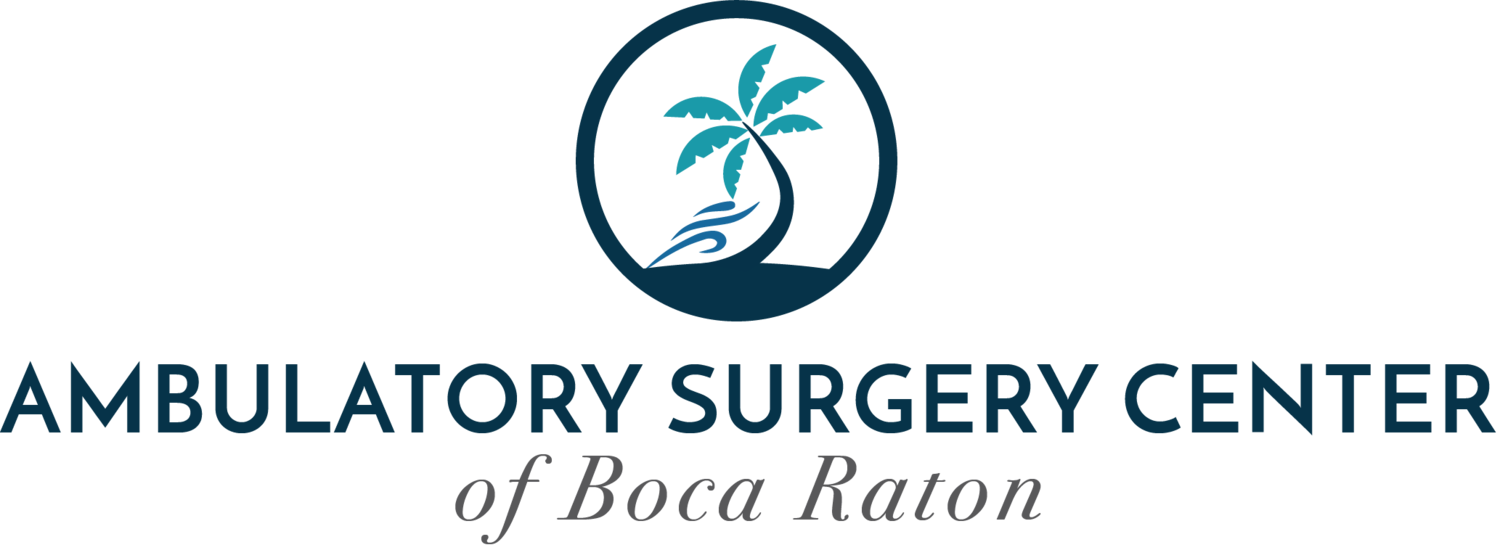Managing Arthritis Pain: A Comprehensive Guide to Injections, Exercise, and Minimally Invasive Surgery for Arthritis
Arthritis, a condition characterized by inflammation of the joints, affects millions of people worldwide. Its symptoms, which include pain, stiffness, and swelling, can significantly impact daily life. However, managing arthritis pain is possible through a combination of treatments and lifestyle changes.
In this blog, we will explore how cortisone injections, physical therapy, minimally invasive surgery, and nutrition can help alleviate arthritis pain and improve quality of life.
Understanding Arthritis
Arthritis comes in various forms, the most common being osteoarthritis (OA) and rheumatoid arthritis (RA). OA results from the wear and tear of cartilage, while RA is an autoimmune disorder where the immune system attacks the joints. Regardless of the type, managing arthritis involves reducing inflammation, maintaining joint function, and relieving pain.
Cortisone Injections: Quick Relief for Joint Pain
Cortisone injections are a popular treatment for reducing inflammation and pain in the joints. These injections contain corticosteroids, powerful anti-inflammatory medications that can provide quick relief.
How Cortisone Injections Work:
Anti-inflammatory Effects: Corticosteroids reduce inflammation by suppressing the immune response, which helps decrease swelling and pain.
Localized Treatment: Injections are administered directly into the affected joint, providing targeted relief without the systemic side effects of oral medications.
Considerations:
Frequency: While effective, cortisone injections are typically limited to a few times per year to avoid potential side effects, such as joint damage and weakened tendons.
Short-term Solution: These injections are often used in conjunction with other treatments for long-term management
Physical Therapy: Building Strength and Flexibility
Physical therapy (PT) plays a crucial role in managing arthritis pain by improving joint function and reducing discomfort through targeted exercises and techniques.
Benefits of Physical Therapy:
Strengthening Muscles: Stronger muscles around the joints provide better support and reduce the strain on the affected areas.
Improving Flexibility: Stretching exercises help maintain or improve the range of motion, making daily activities easier and less painful.
Pain Management Techniques: Therapists use methods such as heat and cold therapy, ultrasound, and electrical stimulation to alleviate pain.
Personalized Plans:
Individual Assessment: A physical therapist will evaluate your specific condition and create a tailored exercise regimen to address your needs.
Progress Monitoring: Regular sessions ensure progress is tracked and exercises are adjusted as needed.
Minimally Invasive Surgery: Advanced Solutions for Severe Cases
When conservative treatments fail to provide relief, minimally invasive surgery can be a viable option. These procedures aim to reduce pain and improve joint function with less recovery time compared to traditional surgery.
Types of Minimally Invasive Surgery:
Arthroscopy: A common procedure where a small camera and instruments are inserted through tiny incisions to repair joint damage.
Osteotomy: Involves reshaping bones to relieve pressure on the joint.
Synovectomy: Removal of inflamed joint tissue to reduce pain and swelling.
Advantages:
Shorter Recovery Time: Smaller incisions lead to quicker healing and less postoperative pain.
Reduced Risk: Minimally invasive techniques generally carry lower risks of complications.
Nutrition: Supporting Joint Health from Within
A well-balanced diet can significantly impact arthritis management by reducing inflammation and supporting overall joint health.
Key Nutrients:
Omega-3 Fatty Acids: Found in fish oil, flaxseeds, and walnuts, these healthy fats have anti-inflammatory properties.
Antioxidants: Vitamins C and E, found in fruits and vegetables, help protect joint tissues from oxidative damage.
Calcium and Vitamin D: Essential for maintaining bone health, these nutrients are found in dairy products, leafy greens, and fortified foods.
Dietary Tips:
Balanced Diet: Focus on a diet rich in fruits, vegetables, lean proteins, and whole grains.
Weight Management: Maintaining a healthy weight reduces the load on your joints, alleviating pain and slowing disease progression.
Hydration: Drinking plenty of water helps maintain joint lubrication and overall health.
Managing arthritis pain involves a multifaceted approach that includes medical treatments, physical therapy, surgical options, and nutritional strategies. Cortisone injections can provide quick relief, while physical therapy and minimally invasive surgery offer long-term solutions. A nutritious diet supports overall joint health and reduces inflammation. By combining these methods, individuals with arthritis can significantly improve their quality of life and maintain an active, fulfilling lifestyle.
If you or a loved one is dealing with arthritis, consider consulting with a healthcare professional at ASC Boca to create a personalized management plan tailored to your specific needs. With the right combination of treatments and lifestyle adjustments, living well with arthritis is entirely possible.



